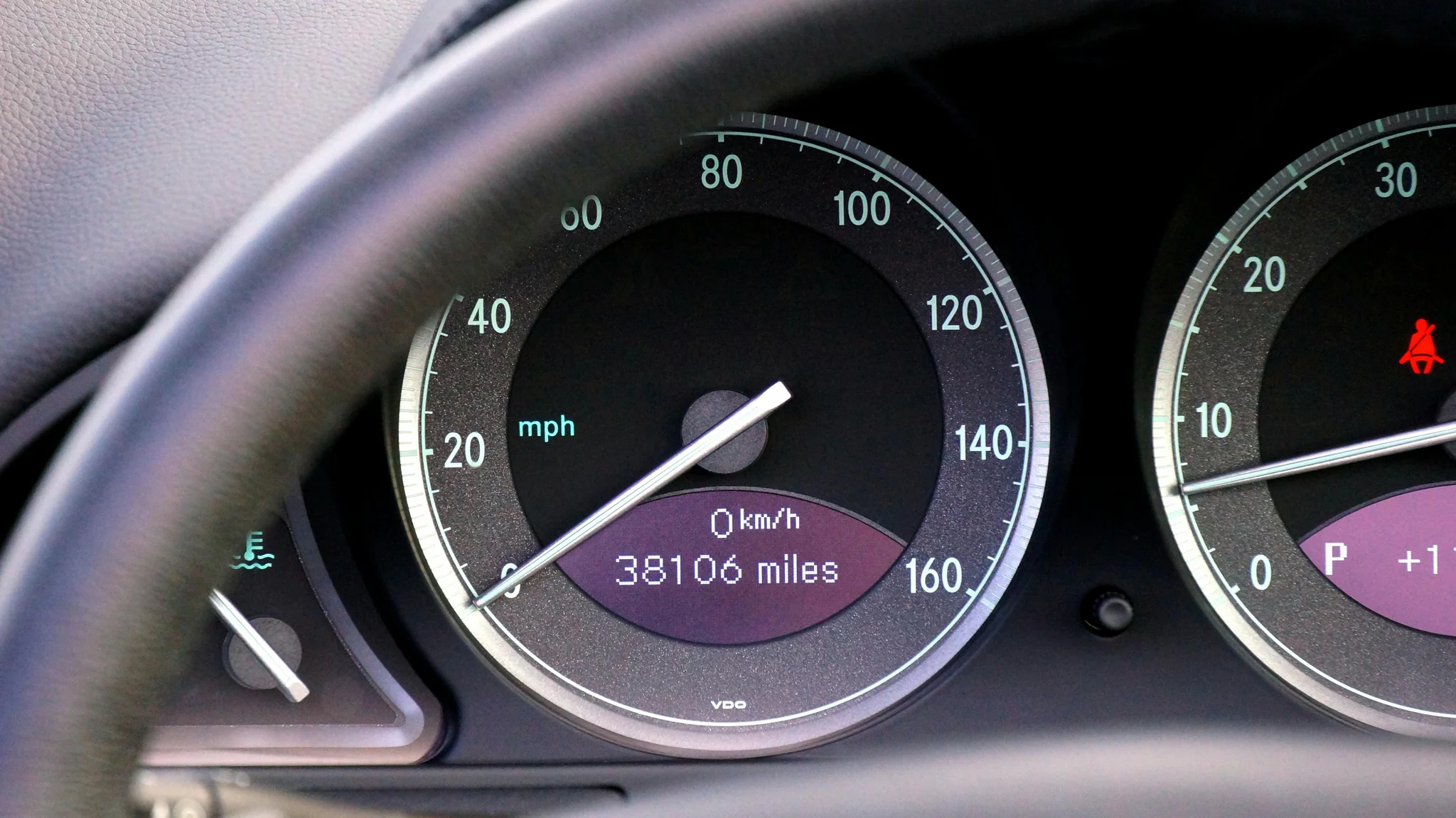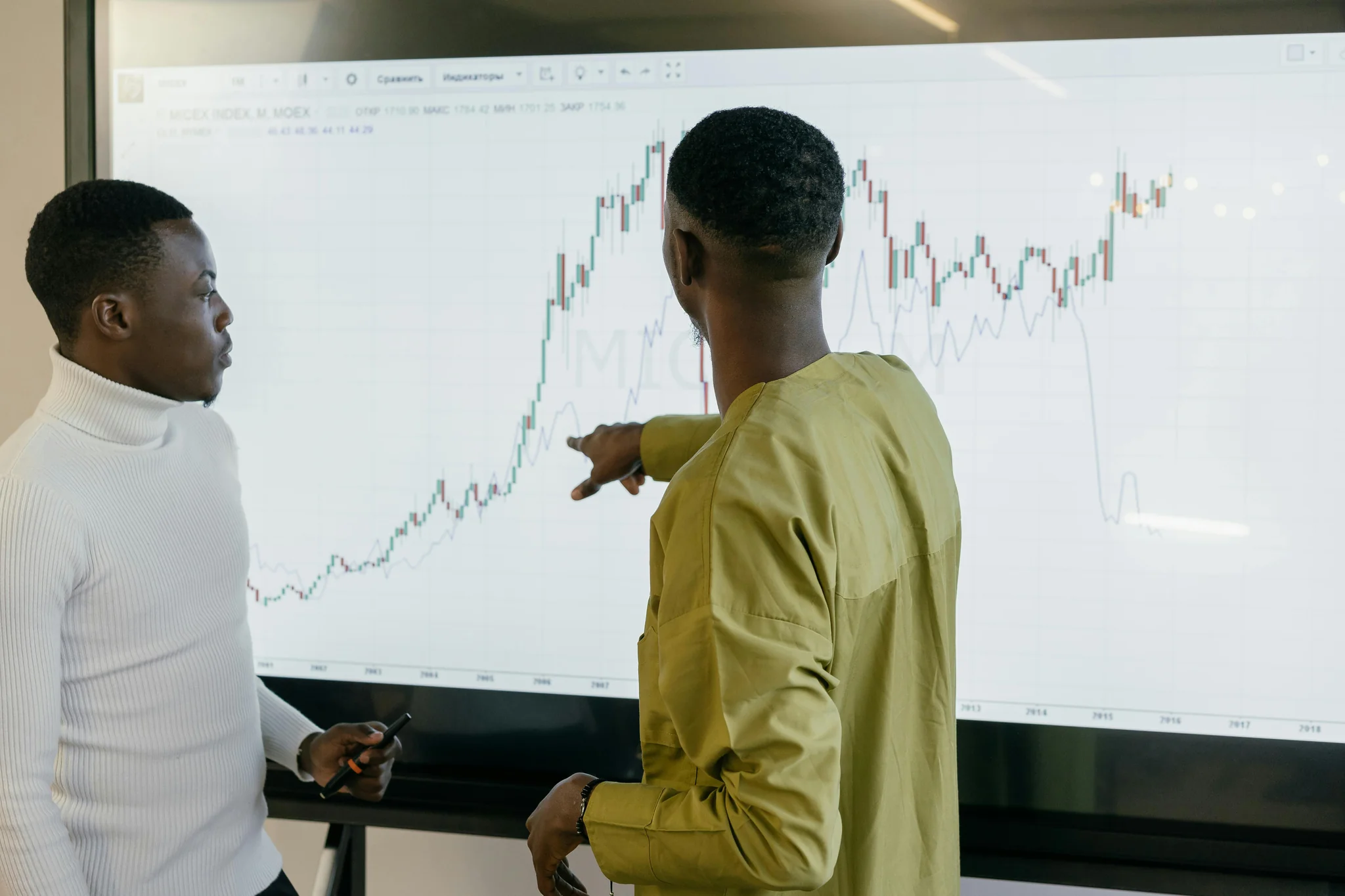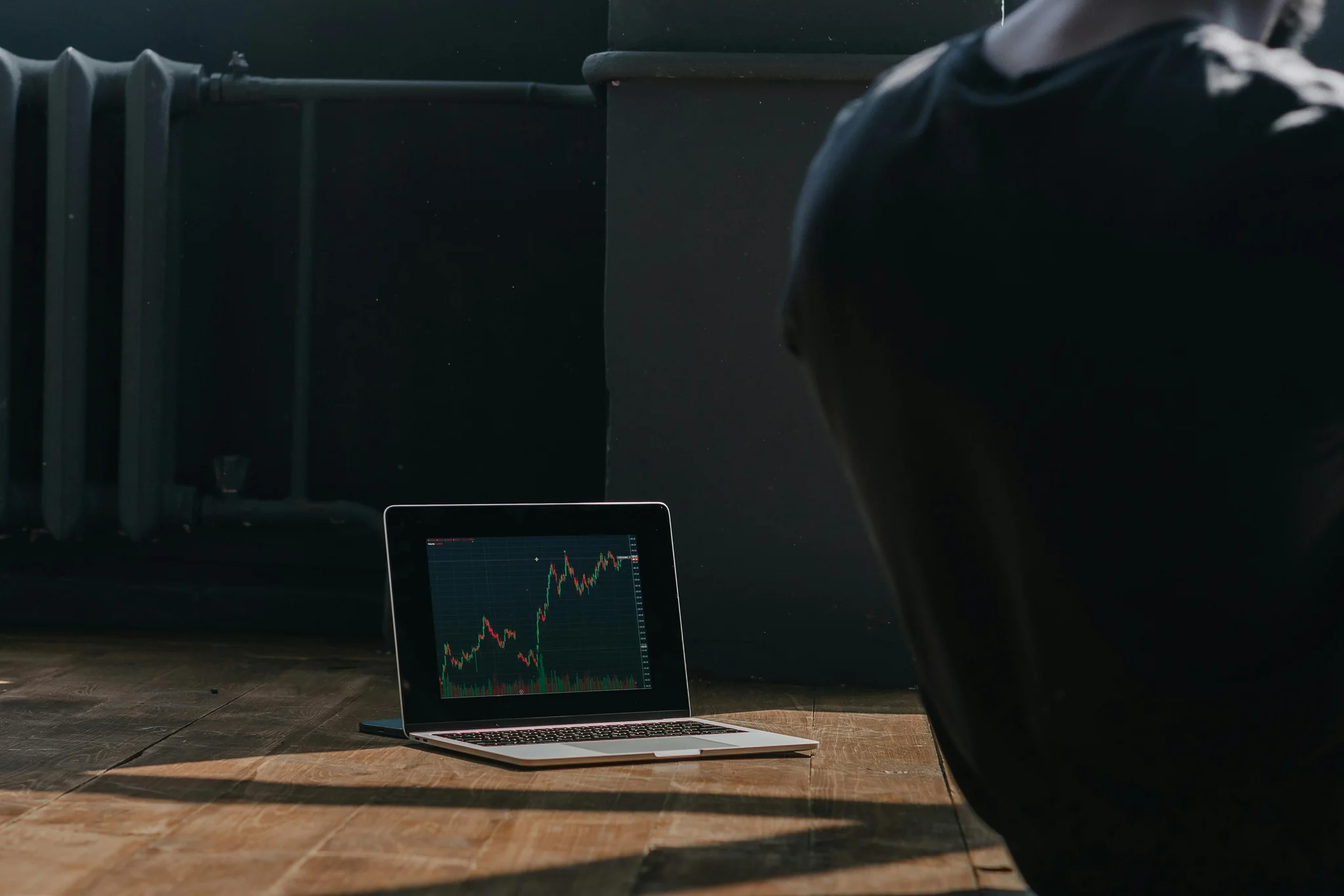How to Turn Social Media Reports Into Real Business Results
Stop drowning in data and start making decisions. Transform social media reports into actionable insights that prove ROI and drive real growth.
Reachara Team

How to Turn Social Media Reports Into Real Business Results
Stop drowning in data and start making decisions. Transform social media reports into actionable insights that prove ROI and drive real growth.

Are you drowning in social media data but starving for insights? You're not alone. Many brands track followers and likes but struggle to prove real business value. The secret isn't collecting more data—it's analyzing the right metrics.
Social media report analysis transforms raw numbers into clear action steps. In 2025, engagement rate has become a top-tier metric because it reveals whether content genuinely resonates with audiences. This guide shows you how to build reports that drive decisions, not just show numbers.
What Makes Social Media Reports Actually Work
Think of your social media report as a roadmap, not a rearview mirror. Many companies still see social media as a "nice-to-have" rather than a key business driver, making it hard to secure leadership buy-in and justify budgets. A strong report changes that conversation.
Great reports do three things well:
- Connect data to business goals - Every metric ties directly to revenue, awareness, or customer satisfaction
- Tell a clear story - Visualizations make complex patterns instantly understandable
- Inspire action - Insights lead to specific next steps your team can execute
Reports prove your worth by showcasing audience growth, engagement, and website traffic driven by social media. When done right, they become your most powerful tool for demonstrating ROI.
Stop Chasing Vanity Metrics
Here's a hard truth: follower counts and likes won't save your job. These "vanity metrics" look impressive but rarely connect to real business outcomes. Smart marketers track leads and conversions obsessively because it's the single most important KPI to justify social media spend in 2025.
Focus on Metrics That Matter
Your report should prioritize KPIs that measure real progress:
- Engagement Rate - Shows how many people actively interact with your content, not just see it
- Conversion Rate - Tracks users who complete desired actions like purchases or sign-ups
- Click-Through Rate (CTR) - Measures how effectively content drives traffic to your website
- ROI - Calculates actual revenue generated versus money spent on social campaigns
A post with 100,000 impressions might seem impressive until you see it only earned 50 engagements. That's why context matters more than big numbers.

Build Your Reporting Framework
Creating consistent, valuable reports requires structure. Setting up a regular reporting cadence ensures data stays fresh, insights remain actionable, and teams can quickly adapt. Here's how to build your framework:
Choose Your Reporting Schedule
- Weekly Reports - Quick check-ins for active campaign adjustments and immediate performance issues
- Monthly Reports - Deep analysis of engagement, traffic patterns, and content effectiveness
- Quarterly Reports - Strategic reviews assessing long-term trends and business impact
Standardize Your Metrics
Video views have become essential to track, with 81% of consumers wanting more short-form videos. But comparing metrics across Facebook, Instagram, TikTok, and LinkedIn gets messy fast.
Create universal definitions for your team:
- Define "engagement" the same way across all platforms (likes + comments + shares)
- Use consistent tracking tags like UTM parameters for all links
- Establish baseline numbers for each platform to measure growth accurately
Turn Data Into Visuals That Tell Stories
Raw spreadsheets confuse stakeholders. Smart visualizations clarify insights instantly. Complex datasets transform into easy-to-understand visuals using graphs, charts, and heatmaps.
Match Visualizations to Your Message
- Line Graphs - Perfect for showing trends over time, like follower growth or engagement changes
- Bar Charts - Compare performance across different content types or platforms side-by-side
- Pie Charts - Display audience demographics or traffic source breakdowns
- Heatmaps - Reveal optimal posting times or highest-engagement content sections
Keep visuals simple and focused. Each chart should answer one specific question clearly.

Compare Your Performance Against Competitors
Your numbers mean nothing without context. Benchmarking helps set realistic goals, identify best practices, and spot emerging trends or risks. It shows where you lead and where you lag.
How to Benchmark Effectively
Start by identifying 3-5 direct competitors and 2-3 industry leaders. Track these metrics:
- Content Performance - What types of posts dominate conversations in your industry?
- Posting Frequency - How often do top performers share content?
- Engagement Patterns - Which formats (stories, reels, carousels) work best for them?
- Audience Growth - Are competitors gaining followers faster than you?
TikTok showed 5.8% median monthly follower growth in 2024, making it the fastest-growing social media platform. Use industry benchmarks like these to set realistic targets.
Create Action Plans That Drive Results
Analysis without action wastes time. The final step converts insights into concrete plans. Reports help you make smarter decisions by revealing what content resonates, which platforms prove most effective, and where you can improve.
From Insights to Execution
Every report should end with clear action items:
- Prioritize Opportunities - Focus on the top 3 changes that could impact results most
- Assign Ownership - Specify who handles each task and by when
- Set Measurable Goals - Define success criteria (e.g., "increase engagement rate by 15% next month")
- Schedule Follow-Up - Plan when you'll review progress and adjust strategy
Example Action Plan
Finding: Video content gets 3x more engagement than static posts
Action: Create 8 short-form videos monthly featuring customer testimonials
Owner: Content team lead
Timeline: Start next week
Success Metric: Achieve 20% engagement rate on video posts within 60 days
Automate Your Reporting Process
Jumping between ads managers and exporting reports separately isn't time-efficient. Automation saves hours and reduces errors.
Tools That Streamline Reporting
Modern platforms consolidate data from multiple networks:
- Analytics Dashboards - View cross-platform performance in one place
- Automated Reports - Schedule email delivery to stakeholders weekly or monthly
- Custom Alerts - Get notified when metrics hit critical thresholds
- Data Integration - Connect social platforms with Google Analytics for complete customer journey tracking
Data integration tools pull raw data directly from platform APIs and consolidate it into reporting tools for deeper analysis.

Segment Your Audience for Deeper Insights
Generic analysis misses critical patterns. Segmenting users by demographic factors like age or location reveals which groups engage most with content. This refinement sharpens your entire strategy.
Break down performance by:
- Demographics - Age, location, gender, income level
- Behavior - New vs. returning visitors, purchase history, engagement frequency
- Content Type - Compare video vs. image vs. text post performance
- Time Periods - Identify seasonal patterns or event-driven spikes
Understanding these segments helps you create targeted content that resonates with specific audience groups.
Measure What Actually Matters in 2025
Video completion rates show how relevant and engaging content was to your audience, helping optimize future content based on high-value topics and formats. Don't just track whether people watched—track whether they stayed.
Emerging Metrics to Watch
- Saves - Instagram's algorithm heavily weights this metric as a quality signal
- Video Completion Rate - Shows if your message holds attention through the end
- Dark Social Sharing - Tracks content shared via private messages and email
- Customer Lifetime Value - Links social media acquisition to long-term revenue
Adam Mosseri of Instagram has stated that saves are one of the most important metrics on the platform. Platform leaders' priorities should influence yours.
Avoid These Common Reporting Mistakes
Even experienced marketers fall into predictable traps:
Mistake 1: Tracking Everything
The overwhelming amount of insights can lead to analysis paralysis. Focus on 5-7 key metrics aligned with your current business goals.
Mistake 2: Ignoring Context
Raw data without background explanations, benchmarks, and strategic context leads to misinterpretation and poor decision-making. Always explain what numbers mean and why they matter.
Mistake 3: One-Size-Fits-All Reports
Executives need high-level ROI summaries. Marketing teams need detailed platform breakdowns. Tailor each report to its audience.
Mistake 4: Forgetting the Human Element
While numbers are important, don't overlook qualitative feedback like customer comments and messages. Sentiment matters as much as statistics.

Start Building Better Reports Today
Social media report analysis isn't about drowning in data. It's about surfacing the insights that matter, presenting them clearly, and turning them into action.
Remember these core principles:
- Align every metric with specific business objectives
- Focus on KPIs that measure real outcomes, not vanity
- Visualize data to make patterns instantly clear
- Benchmark against competitors for meaningful context
- Convert analysis into concrete action plans with owners and deadlines
- Automate wherever possible to maintain consistency
A well-structured report can highlight successes, show trends over time, and pinpoint areas that need investment. Make yours count.
Ready to Transform Your Social Media Strategy?
Stop guessing. Start knowing. Reachara helps brands turn social media chaos into clear, actionable insights.
Our platform automatically tracks the metrics that matter, creates beautiful visual reports, and identifies exactly what's driving your best results. See real-time performance across all your social channels in one dashboard.
Visit Reachara.com today and discover how strategic social media reporting can transform your marketing ROI.
Get started with a free trial and see the difference data-driven decisions make for your brand.
More Articles
The Complete Guide to Social Media Monitoring in 2025: Turn Online Chatter Into Business Gold
Your customers are talking about you right now. On Reddit. On Instagram. In Facebook groups. The question is: are you listening?
How to Measure Digital Marketing Effectiveness: A Complete Guide to ROI-Driven Success
## Introduction: Stop Flying Blind with Your Marketing Budget